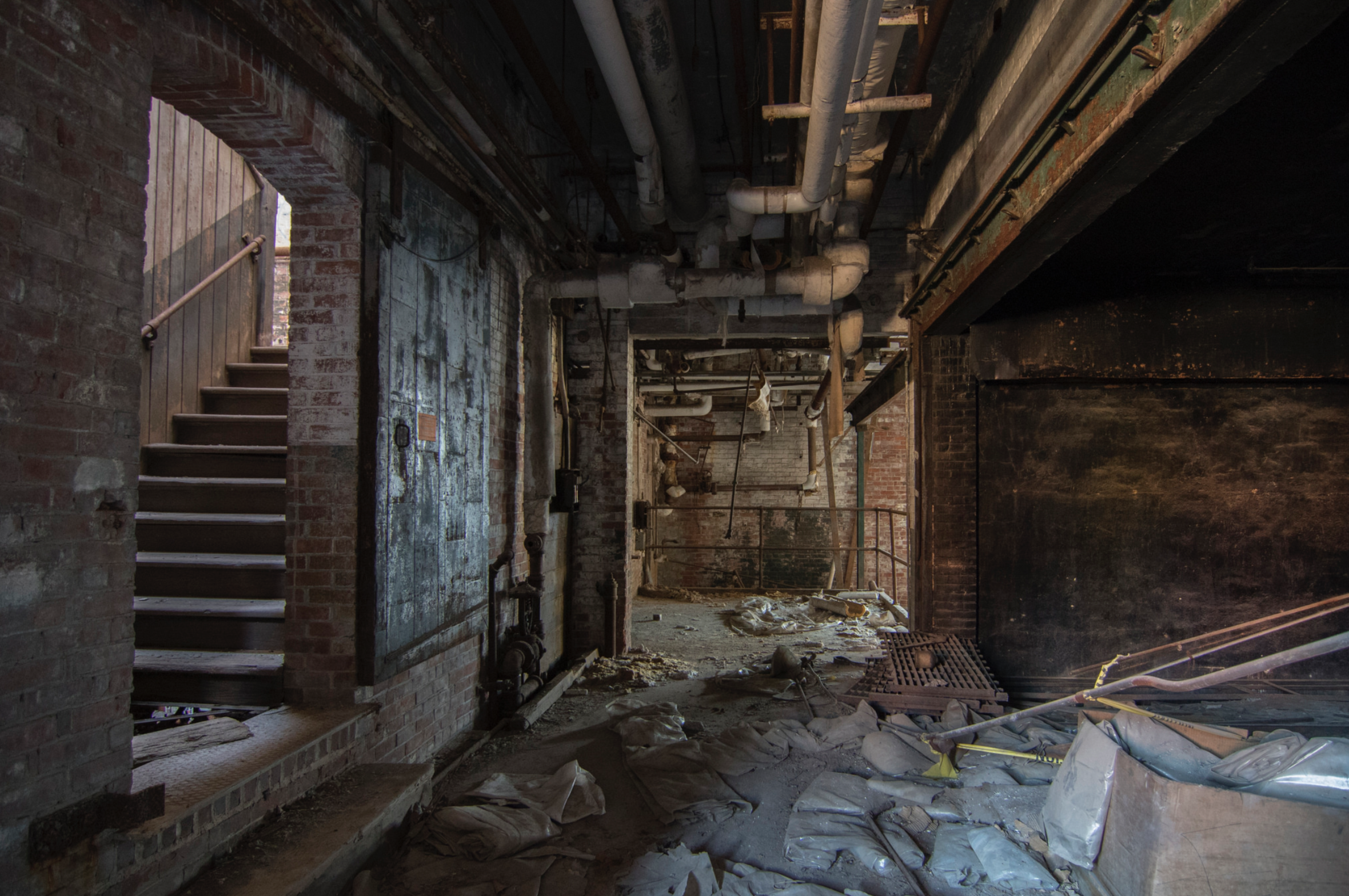It’s impossible to know just how many bones lie below the surface of the New Haven Green, but there are certainly more than nine hundred skeletons’ worth, belonging to six generations of early New Haven residents. The remains of the colonial city’s settlers, magistrates, soldiers, slaves, and merchants were interred here centuries ago. If you were to walk the lawn on a grim winter night, you might sense something otherworldly flitting among the benches and trees of the city’s historical center. Near the flagpole, you might unknowingly tread on the final resting place of Isaac Allerton, a pilgrim who arrived on these shores with the Mayflower. Or those of Governor Theophilus Eaton, the first governor of the colony of New Haven from 1639 to 1658, and his son-in-law Deputy Governor William Jones, whose dust sleeps close to the northwest corner of Center Church.
Dust, bones, or fraying cuffs, there’s no predicting the current state of these corpses, said Connecticut state archeologist Nicholas Bellantoni. “Survival of organic materials all depends on soil acidity,” he explained. “If we were to exhume the graves, we could find perfectly intact bodies or all that remains could be rusting nails.”
The colonial community congregated in death under the Green, but they also gathered there in life, bringing their horses, black coats, Bibles, and long, gathered dresses to talk about political issues and to buy and sell goods. With three churches, occasional social gatherings, and more recently, the encampment of the Occupy New Haven protesters, the Green still retains part of its original function as the city’s meeting ground. It was, as Reverend Dr. Leonard Bacon said in 1879, a place “for the concourse of the people, for all such public uses as were reserved of old by the forum at Rome.” It was unusual for a colonial New England city to bury its dead beneath its green, though Boston was another that used its common as a burial ground.
The unfenced cemetery eventually extended to all corners of the Green, and the nexus of daily colonial life became crowded with tombstones and overrun with weeds. “It is not for ye health that ye burying place should be where it is,” declared Governor Francis Newman in May 1659. He died a year later and was buried beneath the Green’s marketplace.
A rickety red fence was constructed in the late eighteenth century to improve the overgrown plot’s appearance and keep out chickens and hogs, but the bodies of New Haven’s citizens continued to be piled together indiscriminately beneath the soil. An attempt to build a new monument for John Dixwell in 1849 behind Center Church unearthed the remains of sixteen people in a twelve-foot space just two feet below the surface. (John Dixwell, one of the judges who tried King Charles I of England, fled England for the safety of New Haven after condemning the monarch to death. Dixwell’s original 1689 monument is still visible behind Center Church.)
James Hillhouse, Yale’s treasurer for fifty years and a vocal anti-slavery leader, finally proposed a solution to the overcrowding below ground in 1796, after two pestilential years. In those days, midnight burials, which had become popular in sixteenth-century England, were still common. Neighbors living on the Green sometimes woke to the light of torches and the murmur of the burial service—perhaps accompanied by the smell of rum and hard liquor, which mourners traditionally drank at funerals.
Hillhouse purchased six acres on Grove Street, then on the outskirts of the burgeoning city, and argued for “a new burial ground, …better calculated to impress the mind with a solemnity becoming the repository of the dead.” Grove Street Cemetery was established, and burials on the Green became less frequent. The last person to be laid to rest there in 1812 was a Mrs. Martha Whittlesey.
Today, if you wander into Grove Street Cemetery, the epitaph of a priest or blacksmith from the eighteenth century may greet you—but dig beneath the weathered gravestone, and you likely will not find bodily remains. The appearance of the burial ground on the Green was so neglected that in 1820, a committee recommended that the city pay for the relocation of the gravestones to the new burying ground. The bones of the Green’s inhabitants were not disinterred, but left instead to rot namelessly where they lay. Bellantoni explained it was not uncommon to move the gravestones and not the bodies in Puritan New England. “Mortal remains were not worth much—many times you did not even have a graveside cemetery,” he said. “Your eternal soul, not mortal remains, was what was important.”
But if you didn’t believe that the spirits of all good Puritans went to heaven, it was easy to feel spooked walking with the full moon shining through the elms. Some New Haven residents, now long dead themselves, testified that they encountered ghosts. In 1814, Yale University president Timothy Dwight published the story of the sixteen-year-old blacksmith who claimed to have followed one back to his grave. An account from the end of the nineteenth century describes a group of intoxicated Yale students who decided to wander across the green at midnight. They called out, “Arise ye dead and come to judgment!” As the story goes, a white figure rose and rushed towards them, crying, “Yes, Lord, I’m coming!”
Today, though, the colonists’ souls seem to abide peacefully below ground. Perhaps they’ve all already gone to their Lord, or perhaps they’re in another place, one even deeper than the dirt below the Green.


